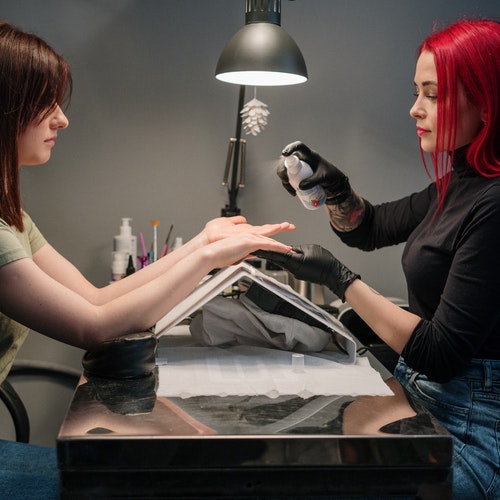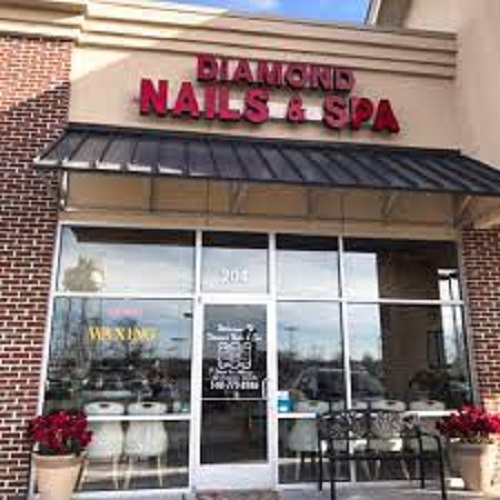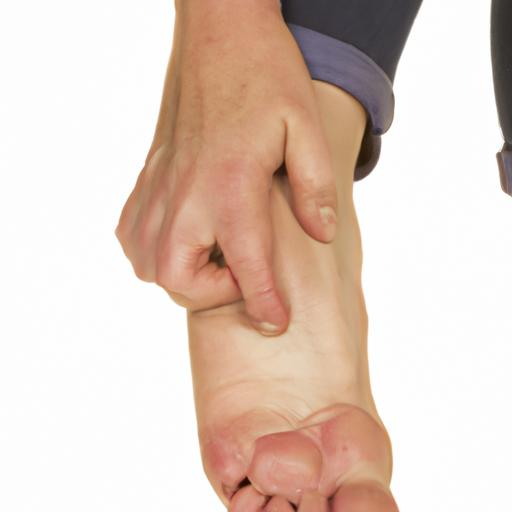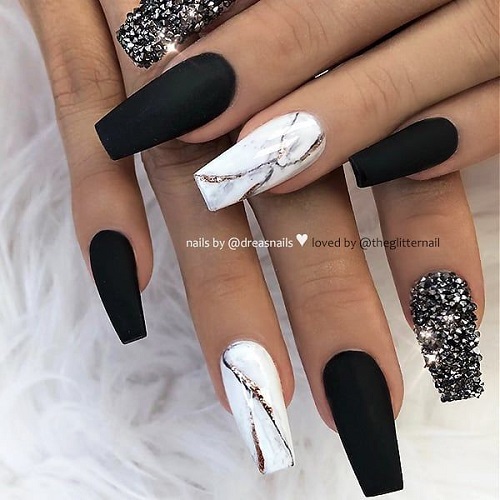Table of Contents
If you’ve ever had the misfortune of experiencing a ripped or torn nail, you understand how excruciating and aggravating it can be. Not only does it cause discomfort, but it also hampers your ability to carry out daily activities, not to mention the unsightly appearance. It’s crucial to be aware of the necessary steps to take in such situations, so as to prevent further damage and foster proper healing.
Causes of Nail Ripping Off
To effectively deal with a ripped nail, it is vital to comprehend the reasons behind its occurrence. Numerous factors can lead to nails tearing off, including physical trauma, fungal infections, and nutritional deficiencies.
Physical Trauma
Physical trauma is one of the most prevalent causes of a torn or ripped nail. This type of damage can occur due to accidental impacts, snagging a nail on something, or using excessive force while trimming or filing the nail. Trauma can result in the separation or splitting of the nail from the nail bed, leading to pain and discomfort.
Fungal Infection
Fungal infections can also inflict damage upon nails, causing brittleness, discoloration, and even separation from the nail bed. Exposure to damp environments, poor hygiene practices, or weakened immune systems can contribute to the development of fungal infections. If left untreated, these infections can cause severe harm to the nail and the surrounding skin.
Nutritional Deficiencies
Nail damage can also stem from nutritional deficiencies, such as insufficient intake of essential vitamins or minerals. For instance, a shortage of biotin, vitamin B12, or iron can render the nails brittle or thin, making them more susceptible to tearing or breaking. Maintaining a healthy diet is essential for promoting nail health and averting damage.
Stay tuned for upcoming sections, where we will delve into immediate actions to take and explore home remedies for nail regrowth.
Immediate Actions to Take
When faced with a ripped nail, promptly implementing a few necessary measures can prevent further harm and aid the healing process.
Thoroughly Clean the Affected Area
Initiate the remedial process by meticulously cleansing the affected area. Gently wash the area with soap and warm water, ensuring the removal of any dirt and debris. Employing an antiseptic solution to disinfect the wound can also prove beneficial, as it helps prevent infection.
Apply Pressure to Stop Bleeding
If the nail has caused bleeding, apply pressure to the area using a clean cloth or gauze. Elevating the affected hand or foot can assist in reducing blood flow to the wound. Should the bleeding persist, it is advisable to seek medical attention promptly.
Cover with a Sterile Dressing
Once the wound is clean and the bleeding has ceased, cover the affected area with a sterile dressing. This protective layer shields the wound from further harm and reduces the risk of infection. Be sure to replace the dressing regularly and maintain cleanliness and dryness in the area.
Home Remedies for Nail Regrowth
While the process of nail regrowth demands time, several home remedies aid the promotion of healthy nail growth and help prevent additional damage.
Maintain Cleanliness and Dryness
To facilitate nail growth and ward off infection, it is crucial to keep the affected area clean and dry. Avoid exposing the nail to moist environments, such as swimming pools or hot tubs, and consider wearing protective gloves when necessary.
Utilize Aloe Vera Gel or Tea Tree Oil
Both aloe vera gel and tea tree oil possess natural healing properties that can encourage nail growth and deter infection. Apply a small amount of either substance to the affected area and gently massage it into the nail bed. Regularly repeating this process will stimulate healthy nail growth.
Maintain a Balanced Diet
Sustaining a well-balanced diet is paramount in promoting nail health and avoiding damage. Incorporate foods rich in biotin, vitamin B12, and iron, such as leafy greens, eggs, and nuts, into your everyday meals to encourage robust nail growth.
In subsequent sections, we will delve into medical treatment options and additional prevention tips to help safeguard against future nail damage.





